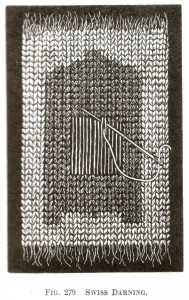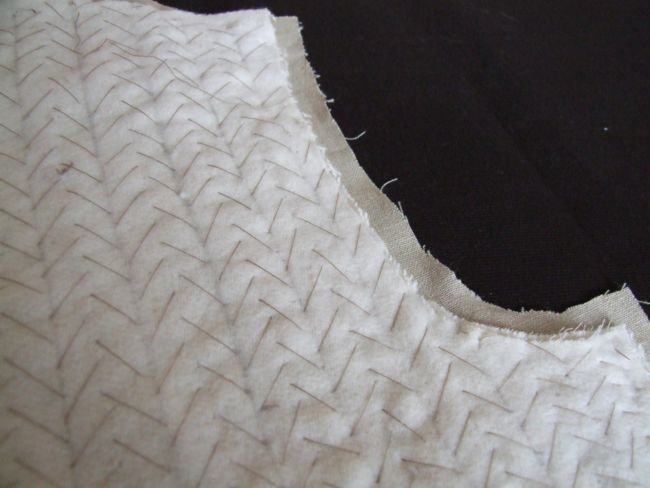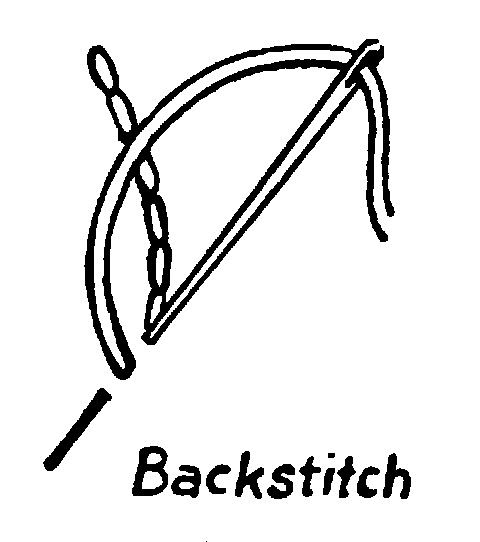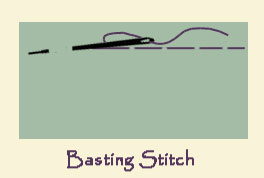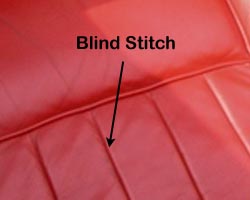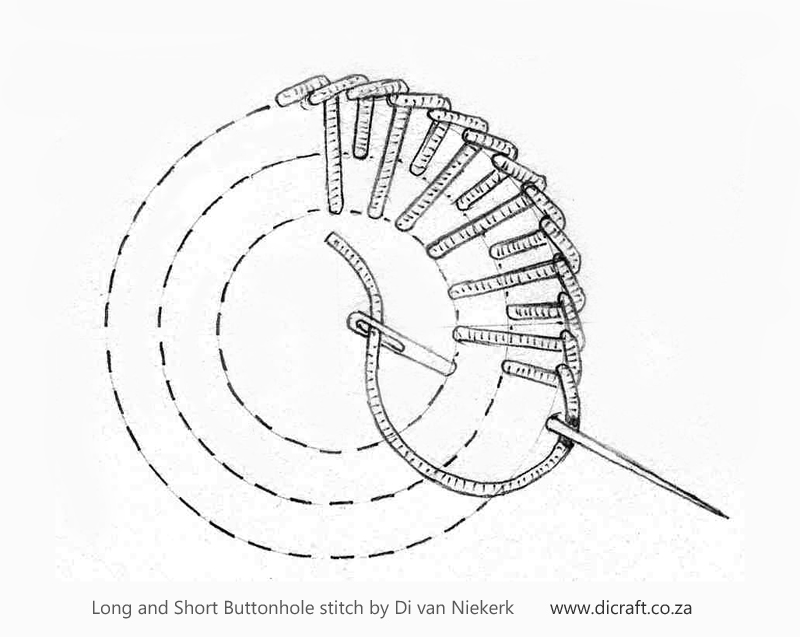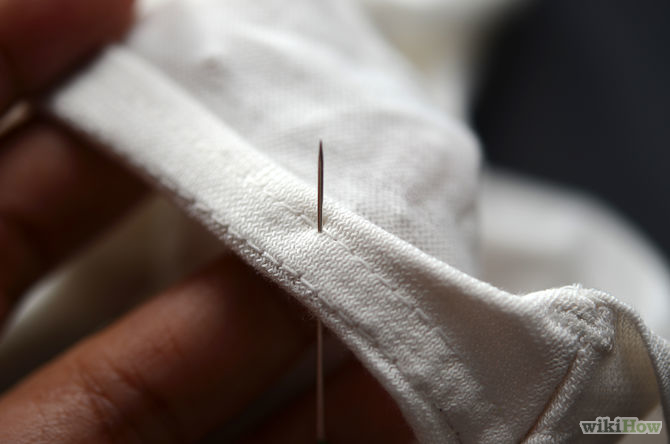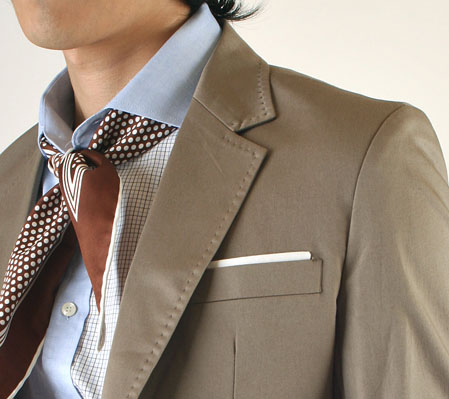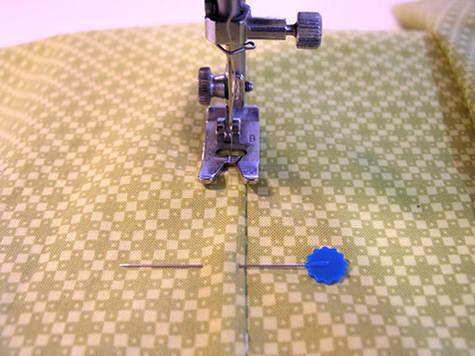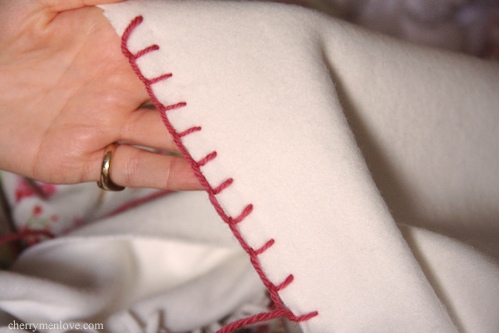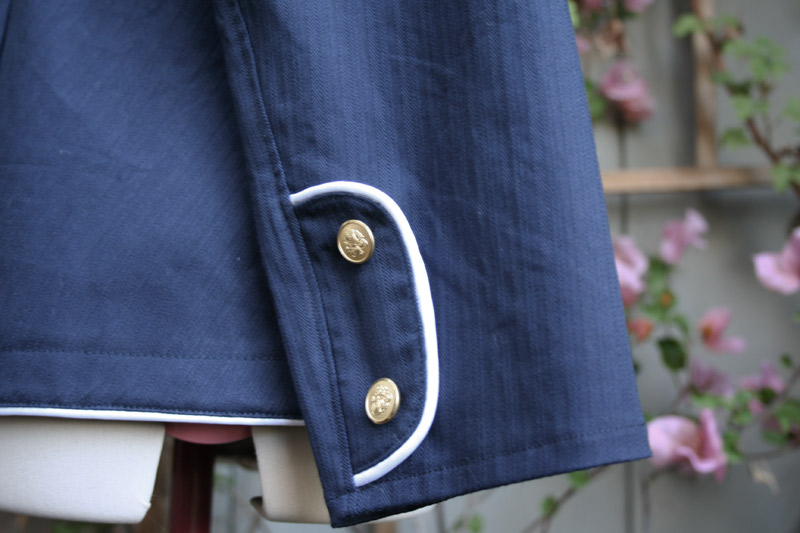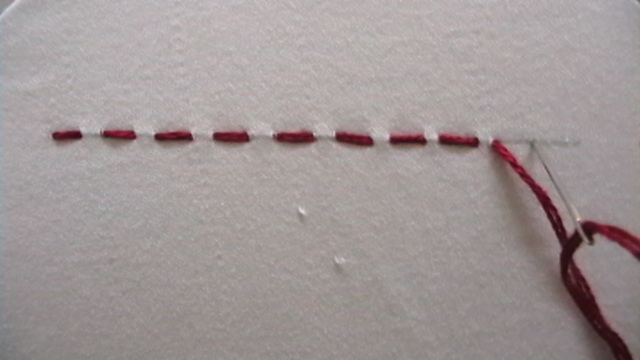
Different Stitching Styles
Stitching by hand and even by machine is still prevalent in India, not only among designer houses but the local markets as well. Every locality in the country needs a local tailor who is handy with a needle and thread. There are countless stitching styles that help in stitching blouses and an entire salwar kameez suit to stitching a fall on to the saree or hemming the edges of a dupatta are all essential tasks performed by a tailor in India. While many tailors and tailoring centers are equipped with sewing machines, there are still a few who stitch by hand, especially in rural areas.
Origin & History
Stitching or sewing is said to have originated in the Palaeolithic age when animal hides were sewn together using animal sinew as either clothing or shelter. Another strain of origin postulates that weaving of cloth from natural fibers was invented around 4000 BC in the Middle East. Much later, sewing was mixed with weaving in Africa to turn plant leaves into baskets.
Sewing before the Industrial Revolution and for a while after was done mainly for practical purposes. Artisan communities, consisting mostly of women that were skilled in the making of garments, sewing, embroidery and other needlework skills would barter their skills for other services. The value of these skills was so high that pins, pin cushions and needles were a valuable part of a European bride’s wedding trousseau in the Middle Ages up until the 17th Century.
Tailoring as a profession emerged full-scale after the Industrial Revolution when the process of stitching and sewing mechanized. Thomas Saint patented the world’s first sewing machine in 1790 and by 1840 the earliest versions of the machine came into use. Although the production of sewing machines affected the local tailors and seamstresses, mechanization was a necessary and natural stage in the evolution of sewing. It also created employment opportunities for the masses in the factories where textile and garments were produced.
As the dispersion of sewing machines grew and their availability to the working class increased, the demand for a larger variety of sewing patterns also grew. In India today, sewing and stitching is one of the most important vocational training courses that are offered as an option for women who are looking to acquire skills in order to independently earn money.
Style & Variety
There are many stitches that have global and local relevance especially in India where tailoring within local communities is still a veritable profession.
Running Stitch
The Running Stitch, also known as the Straight Stitch is the basis of all other stitches. Also known as ‘Kachcha Tanka’ or ‘Chal Silai’ in Hindi, it is made by running the needle and thread in and out of the fabric and can be of varying lengths. Essentially, the running stitch is more visible on the outer side of the garment than it is on the underside. It is used to hold pieces together as well as in padding and quilting. This type of stitch is also used in embroidery and can commonly be seen in the Kantha sarees of West Bengal.
Darning
When fabrics and garments have holes in them, the hole is mended using a technique known as darning. It can be done by hand as well as by a sewing machine and involves a running stitch that is placed in rows along the weave of the fabric. The next step is to reverse the direction of the stitch at the end of each row. This basic and structure is then filled in with stitches as if being ‘woven’. There are three common forms of darning known as pattern darning, net darning and needle weaving. This is usually done on a torn area of a thick fabric, commonly known as ‘Rafu’ in India.
Picot
Picot, taken from the French verb piquer, is a loop of thread that is worked around the edge of a lace, a dupatta or any other length of fabric by first folding it in about 0.5 cm. Although it is meant for functionality, it can also be used for decorative purposes and thus the intention of the stitch determines the length of the loop.
Backstitch
The backstitch in sewing is usually used to attach two pieces of cloth together, also known as ‘Bakhiya’ in Hindi. For instance, in order to attach the sleeves to a pre-made kurta, the seamstress or tailor would use the back-stitch method. The method involves a two-steps forward and one-step back approach. When used in embroidery, it is done from right to left.
Basting Stitch
Also known as Tacking, it is a temporary stitch that is applied before the final seams are put in. They are virtually invisible on the outer side of the garment. This characteristic is particularly, when an element of the garment is to be kept detachable.
Blind Stitch
The blind stitch is a method of sewing two pieces of fabric together such that the resulting stitch is invisible to the naked eye or almost invisible in the least. The most common of its techniques is to create a blind hem that hides the stitches on both sides of the attached fabric. Another technique is to hide the stitch between the folds of the fabric such that it becomes visible when the fold is unraveled.
Buttonhole Stitch
Named after the type of stitching one sees around a buttonhole, the purpose of this stitch is to prevent the unraveling of a woven or cut fabric. This stitch is done on blankets as well and depending upon the spacing, the finished stitches form an L-shape. It is also known as ‘Phanda Tanka’ in Hindi.
Pad Stitching
This is a type of running stitch that is made to give a particular piece in the overall garment firmness or in order to reinforce the overall curve of the layers. Smaller stitches and with greater density, create greater firmness. Traditionally, however, it was used to secure two or more layers of fabric as one, as the name suggests. This stitch is made perpendicular to the regular line of stitching. For instance, the Nehru collar of a man’s jacket or a sherwani is made firm by using this stitch.
Pick Stitch
The pick stitch is the most common stitch used in hemming. It only picks a few strands of the fabric at a time. It is commonly done in a thread that contrasts in color to the hue of the garment. It can be done on either side of the garment depending on how much of the stitch is meant to be seen.
Topstitch
A topstitch is another sewing technique that provides crispness and firmness to the fabric, especially when used in necklines or sleeve edges. A shirt’s placket also usually has topstitches on it.
Blanket Stitch
This stitch is used to reinforce the edges of thicker materials, much like the thickness of a blanket. Usually done along items of woolen clothing, the blanket stitch can be done both by hand as well as by machine. It is also known as ‘Kambal Tanka’.
Piping
Piping is usually considered a trim or an embellishment that consists folding a strip of similar colored or contrasting fabric and sewing it into the seam of the garment. In India, it is done to highlight the neckline of a kurta or saree blouse along with the sleeve edges of the same.
Present Day Scenario
The availability of the sewing machine in its more modern versions, such that it is also able to apply embroidery stitches just as easily as sewing stitches has made the profession of tailoring a lot more versatile. The different types of stitches are no longer exclusive knowledge of any particular community. There have been many training manuals and handbooks that have been produced such that these are now common knowledge. In fact, all vocational training centers in India that offer courses on tailoring disperse this knowledge freely.
Moreover, globalization and free dispersion of information have enabled local tailors to apply sewing techniques that were originally meant for Western garments on Indian garments just as easily.
Innovations
Based on the overarching running stitch, there have been a number of stitching and sewing styles that have emerged and found their place in garment formation. Moreover, many sewing techniques have been adapted by various regions in India from the world over, to suit their needs. For instance, the blanket stitch has been adopted by artisans in Jammu and Kashmir and can commonly be seen in an overcoat-like garment known as the phiran.
Facts and Trivia
- With the invention of the sewing machine, sewing time was reduced from 14.5 hours by hand to 1 hour using the machine.
- The earliest needle had split heads instead of an eye through which the thread could be pulled.
- Local tailors that use commonly sold home-use sewing machines need to change their needles after every 5-8 hours of use.
- A seam-ripper is the tool that is used by tailors and seamstresses in case a stitch or stitches have been placed wrongly.
- Fishermen in England used the principle of a needle and thread to create fish-hooks.
Video for Running Stitch
Categories: Motifs & Embroideries

